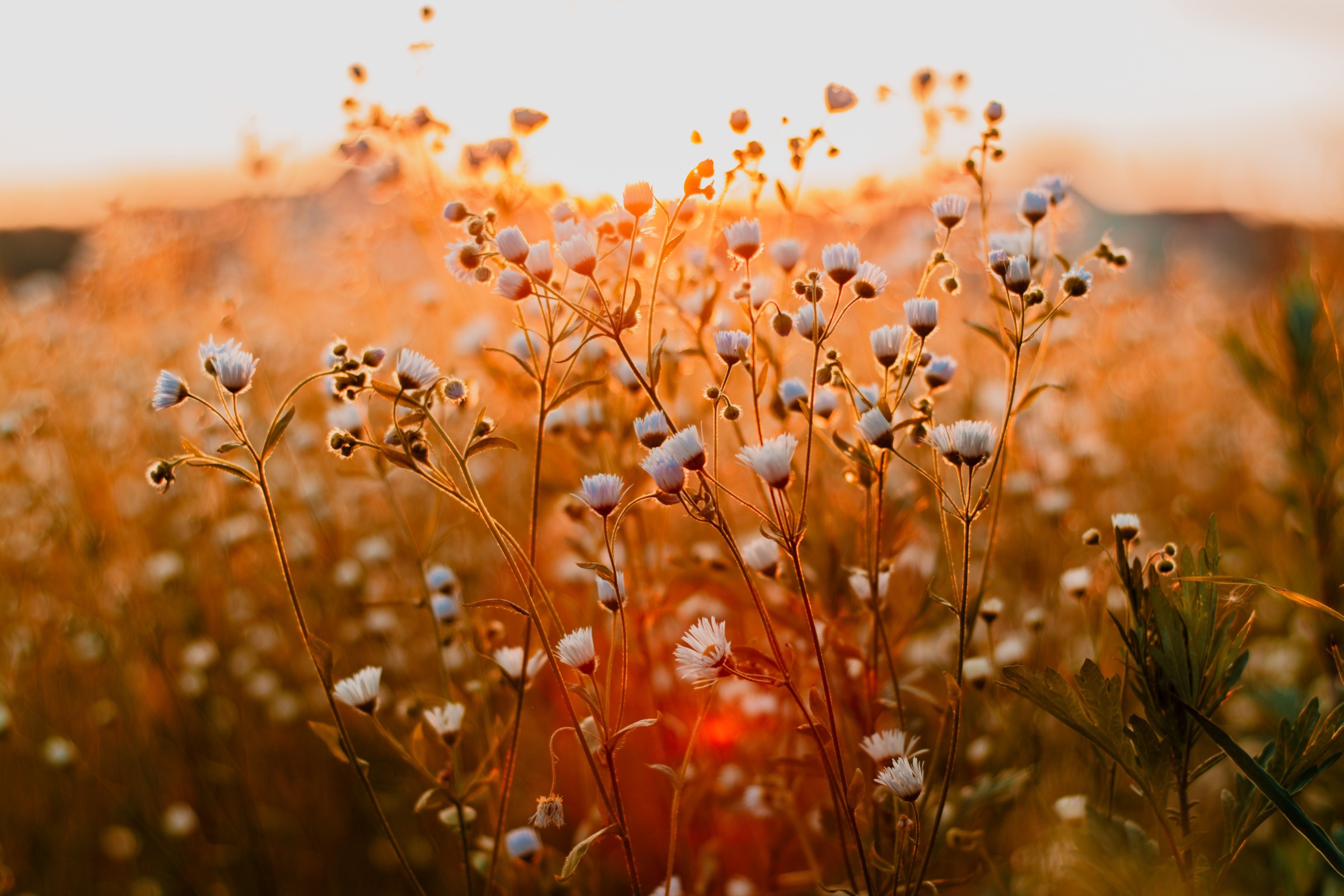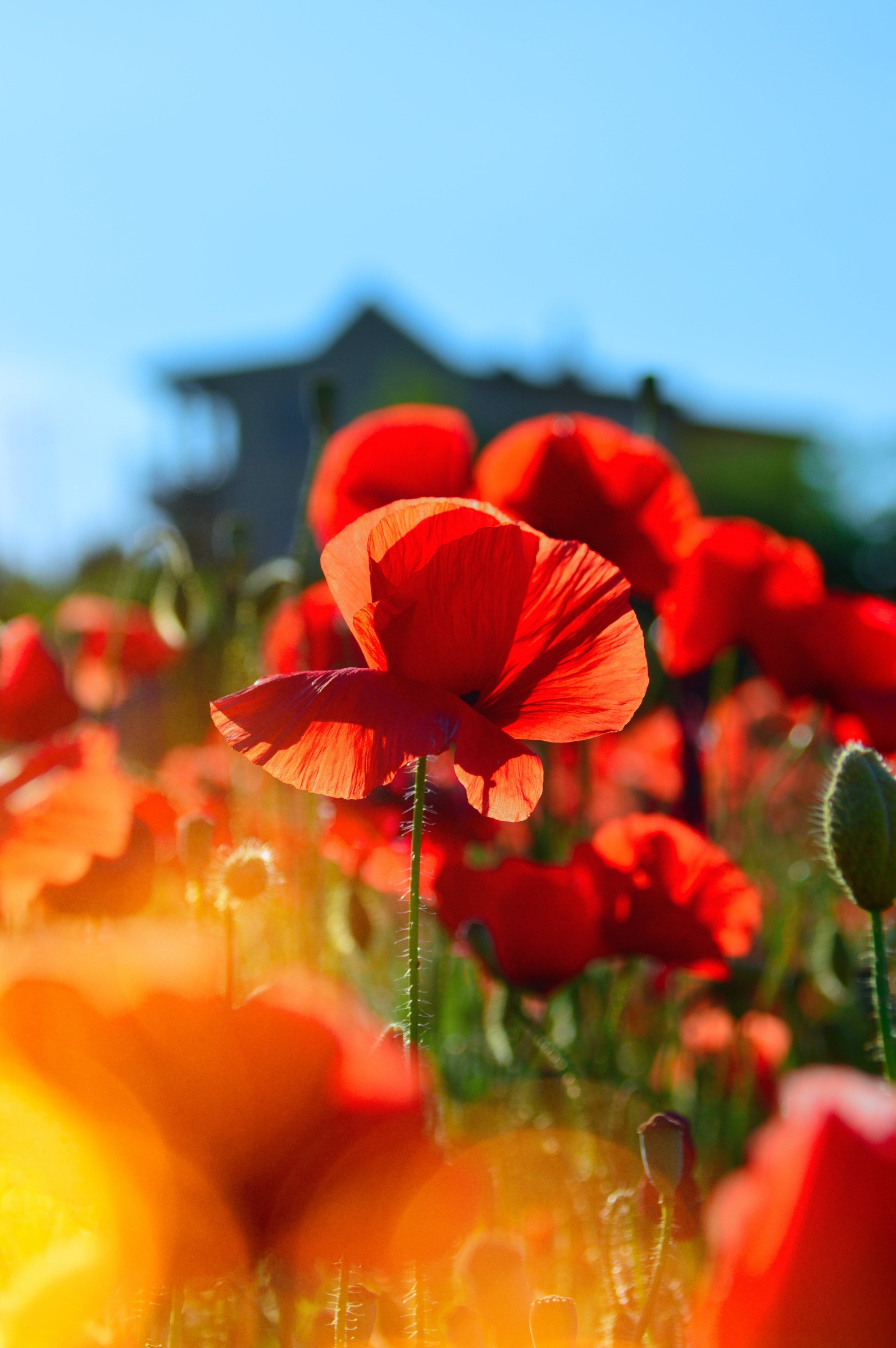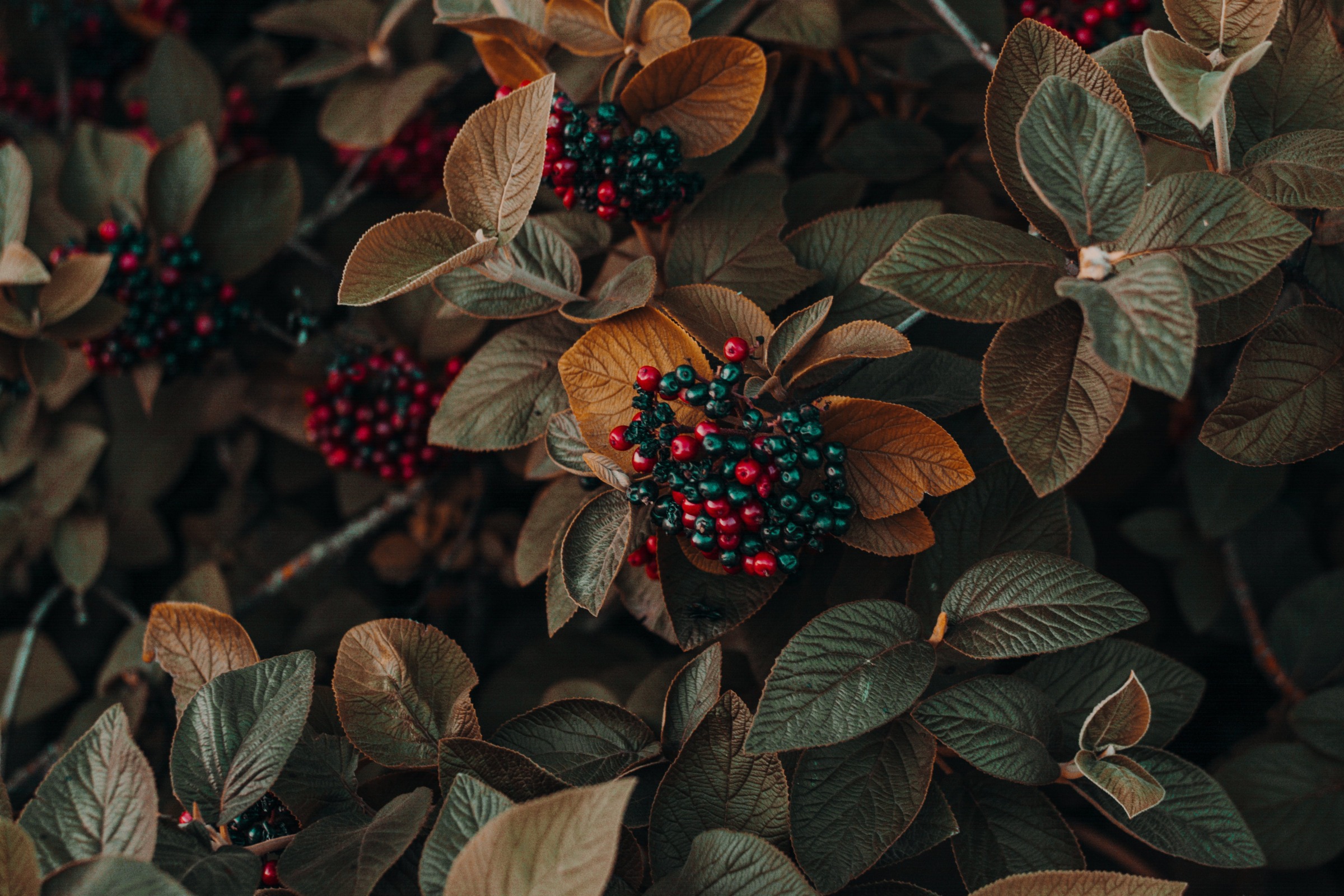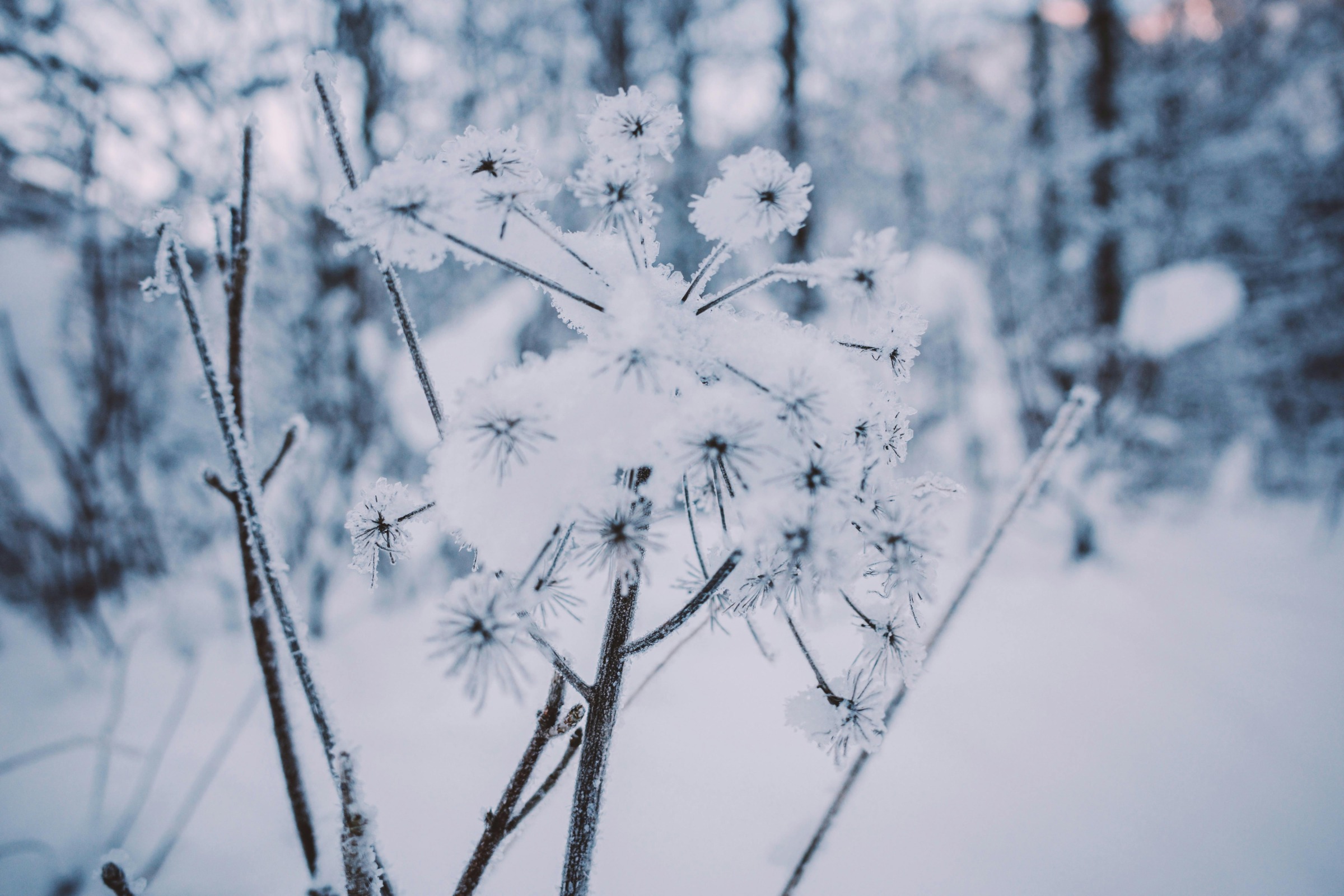Aphids are small insects that feed on sap from crops and other plants. Globally, there are around 5,000 species of aphids with roughly 1,350 in North America alone. The different aphid species vary both in their appearance and in the type of plants they attack. Aphids are soft-bodied insects and many species are harmless to plants. Problematic species only cause damage to plants once their number reaches a certain level. In Canada alone, aphids attack several important crops such as apples, wheat, potatoes, and cabbage. This can lead to significant loss of yield and aphids can also transmit diseases that cause further damage to plants.
In this article, we will provide an overview of what aphids are and how to identify them, before providing instructions on how to get rid of aphids.
Aphids are small soft-bodied pear-shaped insects that are usually green but can also appear in other colours such as yellow, pink, purple, and reddish-brown. Some aphid species can have wings, particularly in spring and autumn and when the colony is large. Aphids are generally distinguished from other insects by the presence of cornicles. Cornicles are tube-like structures that point outwards from the body. Aphids can be found as lone insects but only cause damage to plants in higher numbers.
Aphids can reproduce both sexually and asexually (with and without a mate). This means that their numbers can grow rapidly, and 12 generations can be produced annually. Juvenile aphids are called nymphs which go through several distinct stages of growth before maturing into adults. This process takes about one week.
Aphids can be protected by other insects such as ants. Ants effectively “farm” aphids and use their honeydew as a food source. In return, the ants keep aphid predators away. Aphids also share a symbiotic relationship with a bacteria called Buchnera aphidicola which produces essential amino acids for aphids in return for protection and nutrients.
Aphids are soft-bodied insects that feed by sucking sap from plants. With over 4700 species, they come in many shapes, sizes, and colors. Aphids are found worldwide and can be serious garden pests. By learning to identify the most common aphid species, you can better protect your plants.
What Are Aphids?
Aphids have long antennae, soft pear-shaped bodies, and tube-like structures called cornicles projecting from their hind end. Most species have a complex life cycle, passing through egg, nymph, and adult stages. Depending on conditions, they can produce live young, bypassing the egg stage.
Aphids damage plants by extracting sap, causing wilting, stunting, and distortion. They excrete sticky honeydew that allows mold growth and attracts ants Some transmit plant viruses With their rapid reproduction, aphid populations can explode, decimating plants.
11 Common Aphid Species
Here are 11 aphid species to watch for in home gardens:
1. Green Peach Aphid
The green peach aphid (Myzus persicae) has over 400 host plants, including vegetables, fruits, and ornamentals. Adults are light green to pink with a dark head and cornicles. It transmits plant viruses.
2. Potato Aphid
The potato aphid (Macrosiphum euphorbiae) attacks potatoes, tomatoes, and many ornamentals. It varies from pink to green with darker tips on the antennae and cornicles. This is a virus vector.
3. Melon or Cotton Aphid
Attacking melons, squash, and cotton, the melon aphid (Aphis gossypii) is a small, dark green to black insect It feeds on many garden veggies and ornamentals, spreading plant viruses
4. Cabbage Aphid
The cabbage aphid (Brevicoryne brassicae) is gray-green with a powdery, waxy covering. It seriously damages cole crops like cabbage, broccoli, and cauliflower, causing stunting, leaf curl, and yellowing.
5. Rose Aphid
Rose aphids (Macrosiphum rosae) are common on roses, appearing in shades of pink, green, or red. They congregate on buds and new growth, inhibiting flowering.
6. Oleander Aphid
The yellow-orange oleander aphid (Aphis nerii) has black feet and cornicles It reproduces rapidly, swarming milkweed and other ornamental plants, secreting copious honeydew.
7. Woolly Apple Aphid
The woolly apple aphid (Eriosoma lanigerum) is brownish-purple with a fluffy, waxy white covering. It infests apple trees, especially around wounds, stunting growth.
8. Black Bean Aphid
The black bean aphid (Aphis fabae) is, as its name suggests, black with pale legs and cornicles. It feeds on beans and many common garden flowers and vegetables.
9. Foxglove Aphid
Attacking snapdragons and foxglove, the foxglove aphid (Aulacorthum solani) is pink, green, or brown with darker tips on its appendages. It causes leaf curling and color changes.
10. Chrysanthemum Aphid
The chrysanthemum aphid (Macrosiphoniella sanbourni) is greenish-brown with dark legs and cornicles. It severely damages the leaves and buds of chrysanthemums and daisies.
11. Peach-Potato Aphid
A common pest of stone fruits and potatoes, the peach-potato aphid (Myzus persicae) is greenish-yellow with a dark head and antenna tips. It transmits debilitating plant viruses.
Controlling Aphids
Prevent aphid infestations by inspecting transplants, pruning affected stems, and releasing natural predators like ladybugs. Mild infestations can be controlled by knocking aphids off plants with water sprays. Horticultural oils and insecticidal soaps are also effective options. For heavy infestations, targeted insecticides may be warranted. With vigilance and prompt action, you can keep aphids from taking over your garden.

Latest from Wisconsin Yard & Garden




What are the different types of aphids?
There is a huge variety of aphid species that differ in their appearance and crops they affect. Some of the most common or problematic species are:
These pests are also known as green apple aphids. They feed on leaves and young shoots but do not cause significant damage in low numbers. In high numbers, they are capable of stunting plant growth and damaging fruit quality. The honeydew they secrete can cause mold growth on plants.
Apple aphid (Aphis pomi) infestation – Credits: Jim Baker, North Carolina State University, Bugwood.org
All types of aphids
FAQ
What are the most common aphids?
Green peach aphid (Myzus persicae) is the most common aphid in the home garden, with over 500 host plants. The adults are yellowish-green or reddish, with three dark lines on their back.
How many species of aphids are there?
About 5,000 species of aphid have been described, all included in the family Aphididae. Around 400 of these are found on food and fiber crops, and many are serious pests of agriculture and forestry, as well as an annoyance for gardeners.
What do aphids turn into?
-
Asexual Reproduction (Parthenogenesis):During the summer, many aphid species reproduce asexually, where wingless female aphids give birth to live young (nymphs) without fertilization. These nymphs are genetically identical to their mother, essentially clones.
-
Winged vs. Wingless Adults:Depending on conditions like overcrowding, plant health, or seasonal changes, some nymphs develop into winged adults (alate) that can fly to new plants, while others remain wingless (apterous).
-
Sexual Reproduction:In late summer, both males and females are produced, and after mating, the females lay eggs that survive the winter.
-
Overwintering:Aphid eggs survive the winter and hatch into wingless female aphids (fundatrix) in the spring, starting the cycle anew.
-
Honeydew and Sooty Mold:Aphids produce a sugary liquid waste called “honeydew,” which can attract ants and fuel the growth of a fungus called sooty mold, which appears as black spots on leaves.
-
Aphids damage plants by sucking sap from leaves and stems, causing discoloration, leaf curling, yellowing, and stunted growth.
How to identify aphids?
-
Appearance:
- Aphids are small, soft-bodied, and pear-shaped.
- They can be various colors, including green, yellow, brown, black, or even reddish-pink, depending on the species.
- Some species may have a waxy or woolly appearance.
- They have long antennae and legs.
- Most species have two short tubes (cornicles) projecting from their hind end.
- Aphids are small, soft-bodied, and pear-shaped.
-
Behavior:
- Aphids often feed in large groups.
- They move slowly when disturbed.
- They excrete a sugary liquid called honeydew.
- Honeydew can attract ants and promote the growth of sooty mold.
- Aphids often feed in large groups.
-
Signs of Infestation:
- Look for small, pear-shaped insects clustered on stems and leaves, particularly new growth.
- Check for a sticky residue (honeydew) on leaves and stems.
- Stunted or distorted plant growth.
- Curled or yellowing leaves.
- White cast skins of aphids can accumulate on the upper surface of leaves.
- Look for small, pear-shaped insects clustered on stems and leaves, particularly new growth.
-
Common Aphid Species:
